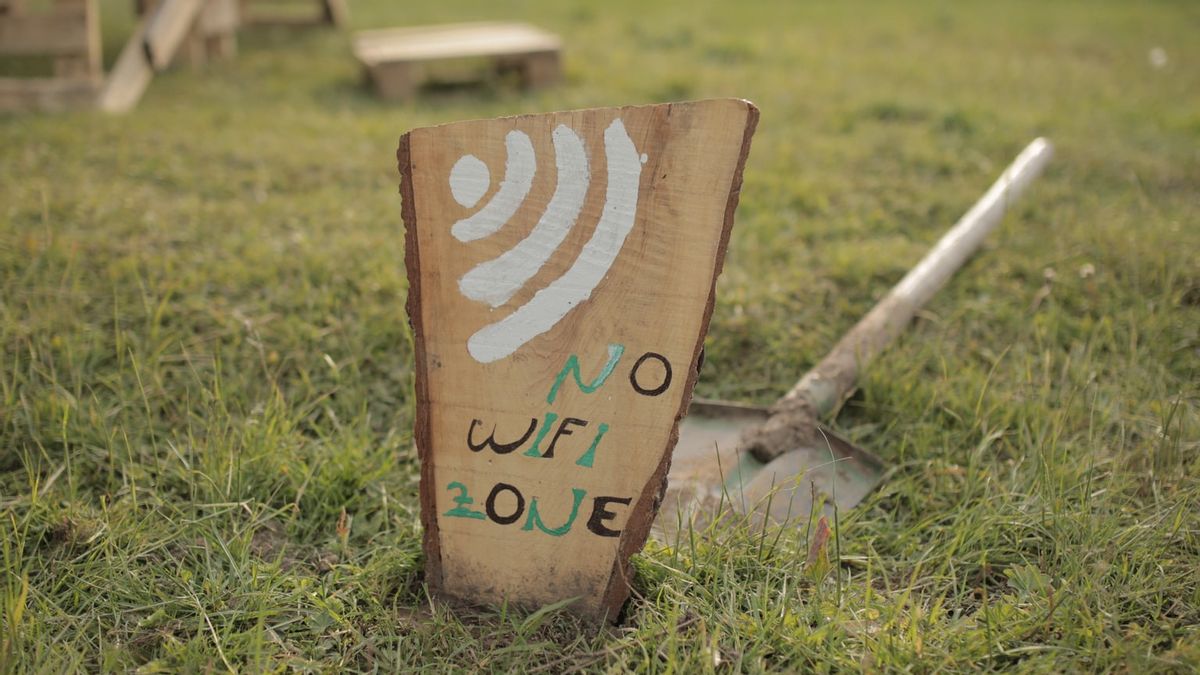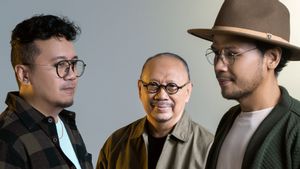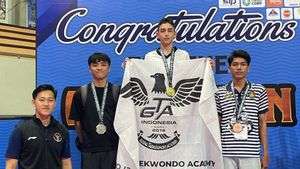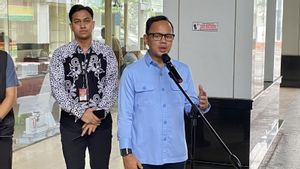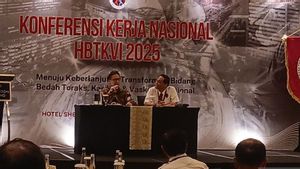JAKARTA - On June 7, 1994, Randy Bush from Portland, Oregon, United States made the first ping to Indonesia, namely IPTEKNET. Ping is one of the lesser-known utility programs found on computer devices.
Ping is commonly used to check the status of computers on networks based on internet technology or TCP/IP. Ping is also to find out the speed of the internet connection or stabilize the internet connection.
The ping was then reported at the US National Science Foundation (NSF). In the report, Indonesia's first IP connection from IPTEKNET was a 64 Kbps leased line and took about 750ms of ping time from the US.
The history of the internet in Indonesia
Before it was widely used as it is today, the use of the internet in Indonesia was only used by academics and hobby groups. According to the KBBI, the internet is an electronic communication network that connects computer networks and organized computer facilities around the world via telephone or satellite internet.
Meanwhile, according to the Teknologi Informasi dan Komunikasi Kelas IX Kemdikbud book, the term internet comes from the Latin "inter," which means "between". In word for word, the internet means a network between or a liaison.
That is, the internet is a network of millions of computers around the world that are connected using the TCP/IP protocol. The Internet was first developed by the US Department of Defense in 1969 as a secret project.
Initially, the internet was just a technology that connected one computer to another. Quoting Kompas, the first internet connection in Indonesia was made by Joseph Luhukay in 1983.
He developed the UINet (University of Indonesia Network) network on the University of Indonesia campus. Indonesia itself is listed as the first Asian country to be connected to the global internet network.
At that time, UINet which was developed by Luhukay was officially connected to the global Internet network which at that time was still called UUNet. Citing the official STEI ITB website, based on ARIN and APNIC whois records, the first Internet protocol (IP) from Indonesia, UI-NETLAB (192.41,206/24) was registered by the University of Indonesia on June 24, 1988.
RMS Ibrahim, Suryono Adisoemarta, Muhammad Ihsan, Robby Soebiakto, Putu, Firman Siregar, Adi Indrayanto, and Onno W. Purbo are some of the legendary names of early internet development in Indonesia from 1992 to 1994.
In 1995, through the Department of Post and Telecommunications, the Indonesian government issued permits for ISPs which were granted to IndoNet led by Sanjaya and Radnet led by BRM, Roy Rahajasa Yamin.
Several bulletin board systems (BBS) in Indonesia such as Clarissa provide Telnet access services abroad. By using the Lynx remote browser in the US, Internet users in Indonesia can use HTTP access.
The development of internet use in Indonesia
Over time, the internet in Indonesia is not only used for certain circles. Its use is increasingly widespread regardless of profession and age.
In 2020, the Association of Indonesian Internet Service Providers (APJII) reported that internet users for the 2019-quarter II/2020 period reached 196.7 million people. This number increased by 23.5 million or 8.9 percent compared to 2018.
The largest number of internet users came from the province of West Java, which was 35.1 million people. That position was followed by Central Java with 26.5 million people. Then East Java, the number with 23.4 million people.
The use of the internet is not only limited to searching for various information, but is also used for social media, buying and selling, communicating, and even various registrations.
Now all human activities can not be separated from the internet. On the other hand, the development of the internet is misused by many people to carry out cybercrime, such as fraud, data falsification, or data theft.
*Read other information about the INTERNET or read other interesting articles from Putri Ainur Islam.
TODAY'S HISTORY More
SEE ALSO:
The English, Chinese, Japanese, Arabic, and French versions are automatically generated by the AI. So there may still be inaccuracies in translating, please always see Indonesian as our main language. (system supported by DigitalSiber.id)
